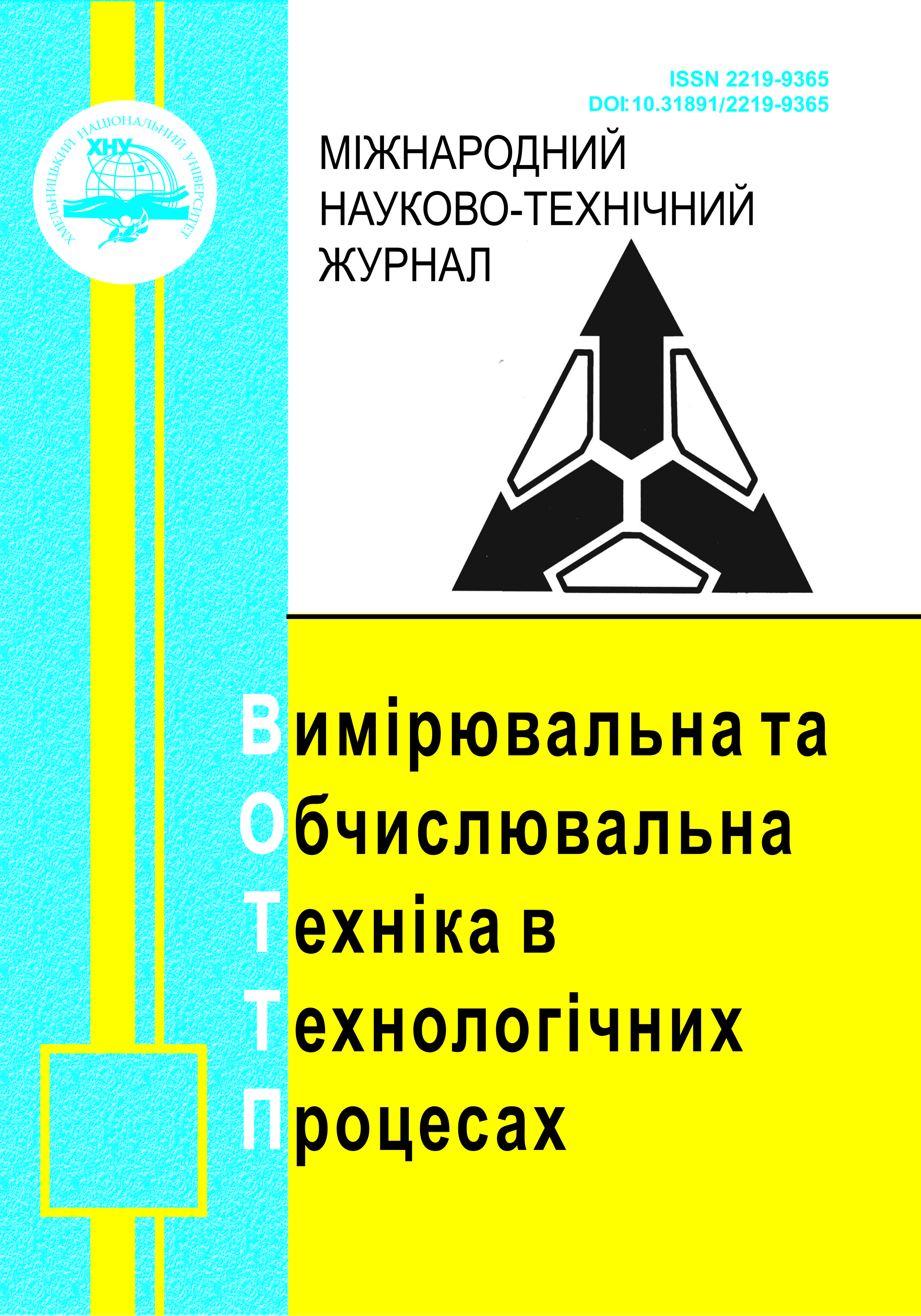THE RELEVANCE OF CONFIDENTIALITY OF INFORMATION TRANSMISSION IN TELECOMMUNICATION SYSTEMS
DOI:
https://doi.org/10.31891/2219-9365-2025-82-47Keywords:
Violator, secrecy, concealment, information source, timer signal construction, bit error probability, probability of signal receptionAbstract
An important requirement for the operation of telecommunication systems is the secrecy and concealment of information transmission, which is one of the main tasks of information security. At the same time, the most dangerous is unauthorized access to data by intruders, which causes great damage to the country's economy and defense. The violator first tries to detect the signal of the information source. Next, an attempt is made to disclose the information, even using anti-jamming and anti-virus methods. If the efforts are successful, the attacker will receive a signal created using timer signal constructions, the most effective method of ensuring the secrecy of information transmission. Due to the search for a large number of parameters of the timer signal construction - significant modulation moments, the number of generated pulses, the number of elementary time intervals and their mutual use in all possible combinations. At the same time, the potentially minimal probability of receiving a valid signal will be achieved, which will make it virtually impossible to disclose information.
The article proposes the use of Timer Signal Constructions (TSC) as an alternative to traditional Pulse Code Modulation (PCM) to enhance the structural concealment of the information signal. A study was conducted on the probability of signal structure disclosure depending on the number of pulses, significant modulation moments, and time parameters. Analytical calculations of the number of possible TSC signal realizations were presented, and the level of their structural concealment was evaluated.
Modeling was performed to analyze the dependence of the signal disclosure probability by an adversary under varying TSC parameters, demonstrating the potential to reduce this probability to the level of 10⁻⁵⁰. The impact of interference and the potential for signal cleansing by an adversary using antivirus tools were investigated. Special attention was given to the prospects of combining TSC with wideband signals, chaotic structures, pseudo-random sequences (PRS), and encryption methods (AES, 3-DES, SNOW), which allows for a comprehensive increase in telecommunication security. The proposed approaches are recommended for use in secure communication channels, particularly in conditions requiring resistance to technical intelligence threats.
Downloads
Published
How to Cite
Issue
Section
License
Copyright (c) 2025 Володимир КОРЧИНСЬКИЙ, Анатолій СЕМЕНКО, Роман ЯРОВИЙ, Олександр ЗАГОРУЛЬКО

This work is licensed under a Creative Commons Attribution 4.0 International License.

